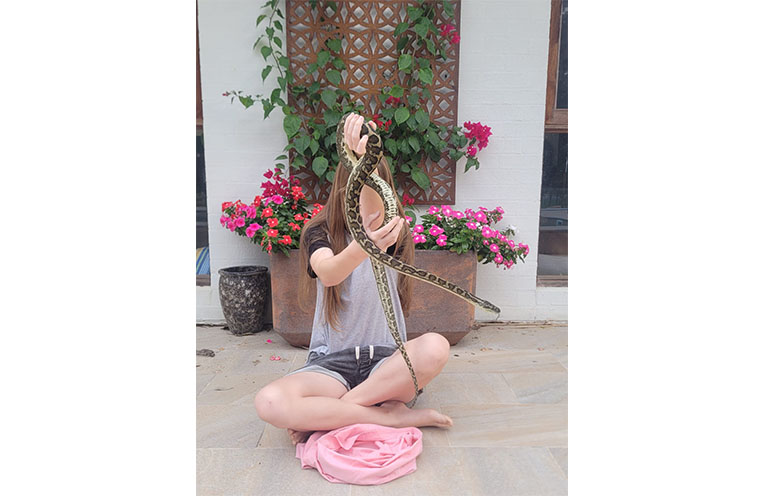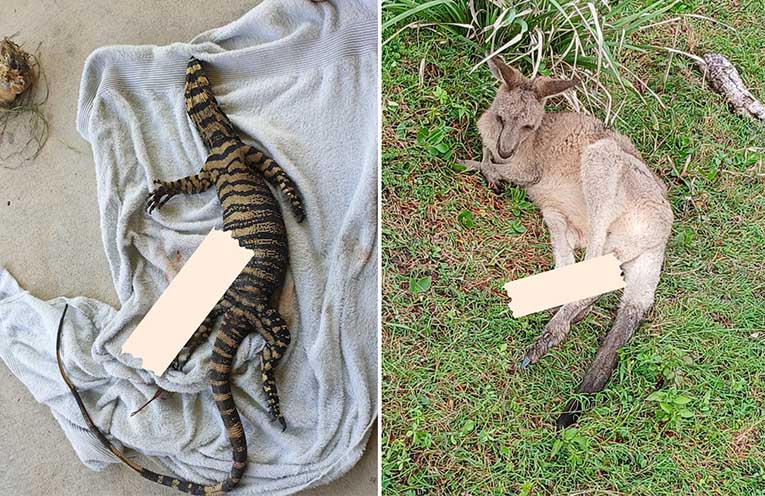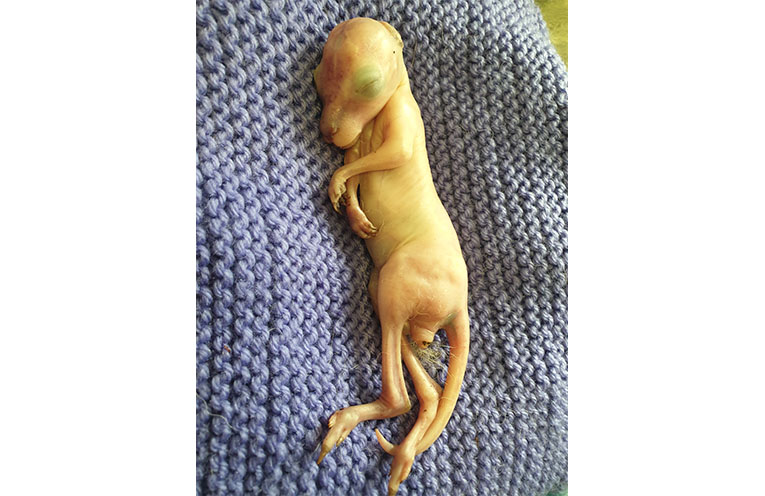MOTORISTS are reminded to slow down and look out for animals as Transport for NSW launches its annual “Animals on Country Roads” public education campaign.
Deputy Secretary of Safety, Policy, Environment and Regulation Sally Webb, said travelling on country roads often involves driving near livestock and wildlife that can be quick and unpredictable.
“It’s important to always take care, follow the road signs and expect the unexpected when driving around animals to ensure we protect both human lives and our wildlife,” she said.
“One in every 41 crashes on country roads involves a vehicle hitting an animal, so it’s important that drivers and riders know the best way to react when an animal approaches.”
From 2014 to 2023, 1344 crashes involved an animal, resulting in the deaths of 27 people and leaving 1503 injured.
WIRES volunteer Skye frequently rescues snakes, birds, kangaroos and wallabies.
“However, other animals like echidnas, lizards, and possums are also frequently hit, particularly here on the Coffs Coast, and some of those road accidents aren’t entirely accidental,” she told News Of The Area.
In Skye’s experience, some drivers make excuses for hitting animals.
They claim the animal suddenly appeared on the road or that animals usually move out of the way.
Others downplay the impact, saying “it’s just an animal.”
“I’ve witnessed this first-hand when a driver intentionally swerved to hit a snake I was trying to rescue, resulting in its death.”
In many cases, animals can be seen on or near the road before they move into the path of an oncoming vehicle, giving drivers time to react.
“While accidents can happen, often drivers have the opportunity to slow down or stop if they’re paying attention.”
People are often oblivious to the consequences of hitting an animal.
“Kangaroo-vehicle collisions are particularly devastating.
“Often the kangaroos don’t die immediately, instead suffering severe injuries like legs snapped in half and [they] can linger for days before succumbing to their wounds.”
Joeys can survive for a few days in the pouch even after their mother has died, but will eventually succumb to dehydration, starvation, or suffocation as the mother’s body decomposes.
“If the joey is ejected from the pouch during the collision, it will face a similarly grim fate without its mother’s care.”
If you hit or come across an injured animal, don’t assume it’s dead – stop and check.
“If the animal seems to walk off (or hop or slither away), don’t assume they’re okay either, they may have internal injuries.”
Any animal struck by a vehicle needs immediate assessment and rescue to ensure they receive proper care.
If the animal is on the road, carefully move it to safety to prevent further harm, and call a local wildlife rescue service such as WIRES.
When handling animals, exercise caution – avoid touching venomous snakes and be careful around large kangaroos and monitor lizards.
Check dead possums, kangaroos, or bandicoots for babies in pouches, or nearby.
Be extra cautious at dusk and dawn when wildlife is most active, and on warm days when reptiles might be sunbathing on the road.
Never assume an animal will move out of the way in time.
“Many birds are struck by vehicles because drivers assume they’ll fly away in time,” Skye said.
“However… some birds may be injured, slow to react, or unable to fly, making them vulnerable to collisions.”
Call WIRES on 1300 094 737 or use the IFAW Wildlife rescue app to find the nearest wildlife rescue organisation.
You can help your local paper.
Make a small once-off, or (if you can) a regular donation.
We are an independent family owned business and our newspapers are free to collect and our news stories are free online.
Help support us into the future.






